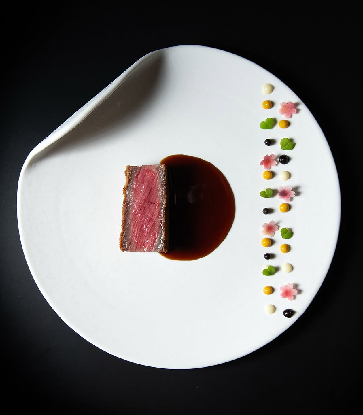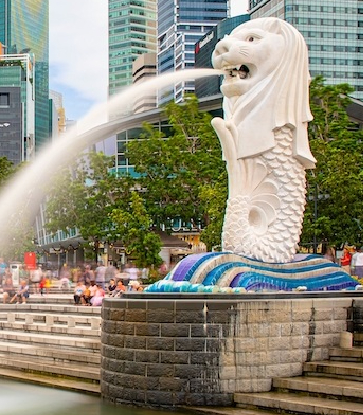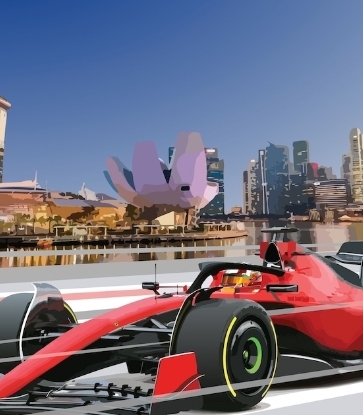In Singapore, there’s chef Jason Tan of one-Michelin-starred Corner House. The Singaporean chef has a string of awards to his name. His restaurant is a vision of class and elegance – one that’s set in a colonial black and white bungalow in verdant Botanic Gardens.

Anatomy of a dish
Indeed, it is the kaya toast that he interpreted into signature dessert. “The inspiration behind why I interpret the kaya toast as a signature dessert is because of my love for kaya. I always felt that kaya toast is very different and very French,” he explains.
“I’d ike to show the world that humble ingredients like pandan leaves, coconut milk, Gula Melaka, pineapple, something very simple, very humble and can turn into exquisite dessert in a fine dining restaurant,” he explains.
The result? A dish that cleverly recalls the flavours and textures of the classic. The sable for instance is made with muscovado sugar that gives a slight bitter note to hint at charred bits of toast. The kaya parfait is given an additional dimension of richness by adding cream as well as gula Melaka – a palm sugar that gives the cold element a caramel-like lusciousness.
“The concept of this dessert is already in my head even before Corner House was born,” says chef Jason. “It came naturally because it gave me a lot of joy when I was young eating kaya.”
Asked whether this route to interpreting Singaporean flavours is a philosophy embedded deep into his food, and he surprisingly says no. In fact, it’s subconscious. “Most of the creations in Corner House may seem to be a little bit Singaporean but that’s not something deliberate,” he admits. “I am very proud to be a Singaporean.”























